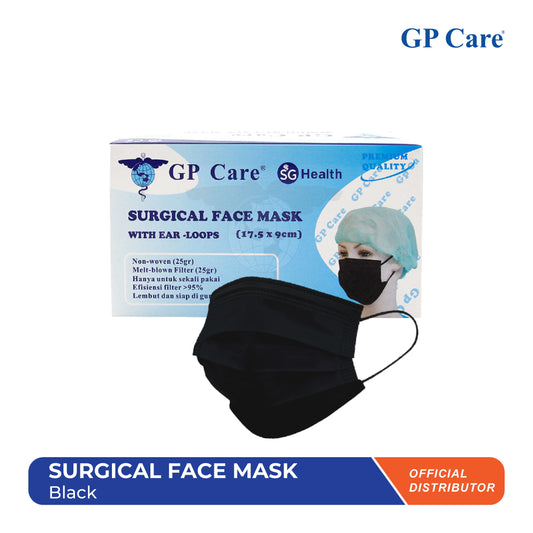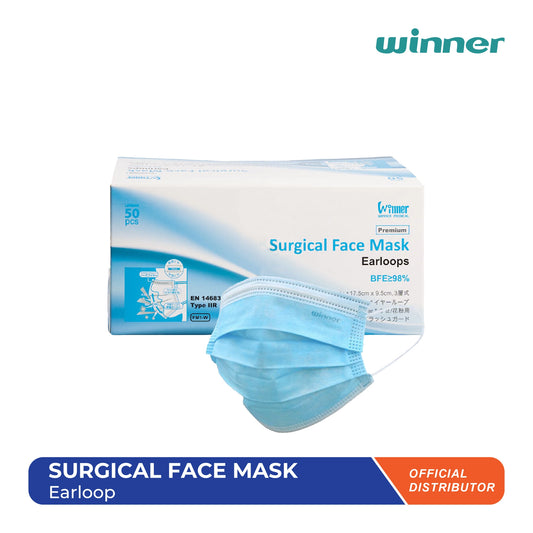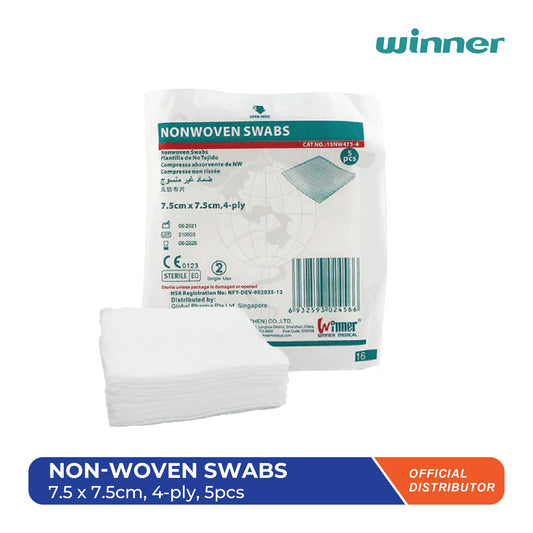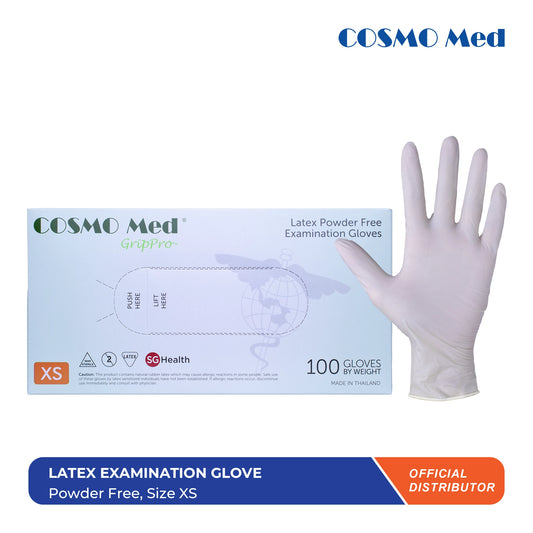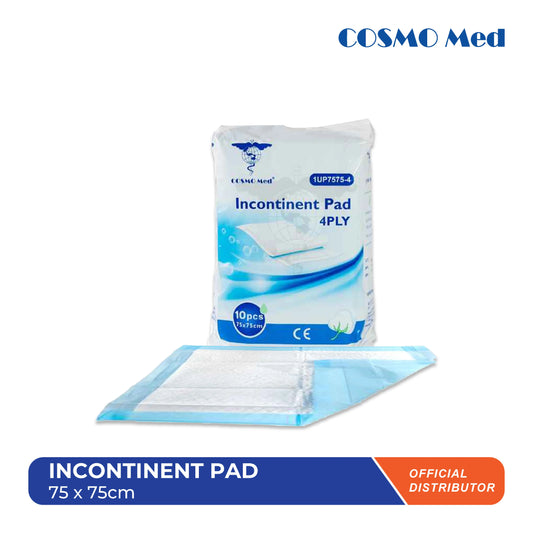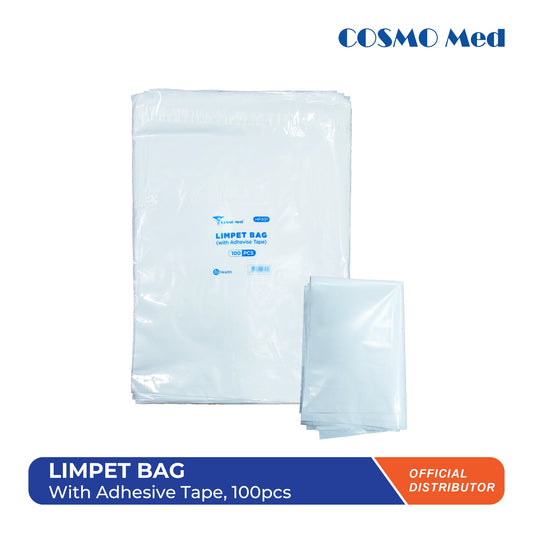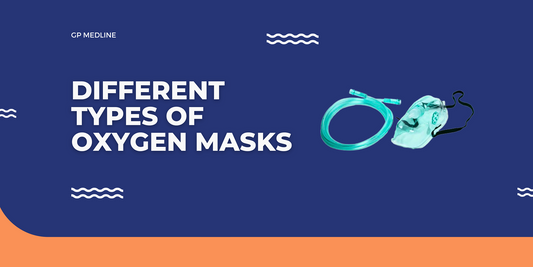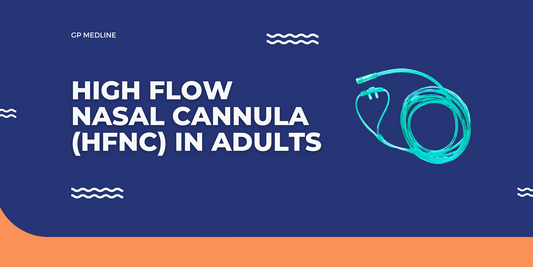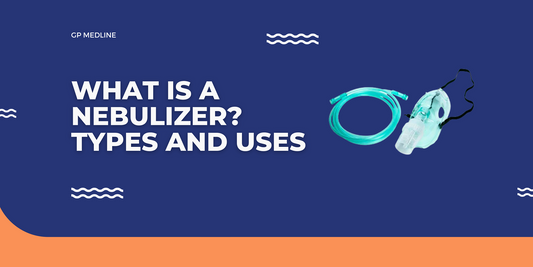Oxygen masks are crucial medical devices that deliver oxygen therapy to individuals experiencing difficulty breathing. These masks are used in various settings, including hospitals, emergency situations, and aviation. Understanding the different types of oxygen masks and their specific uses is essential for medical professionals and patients alike.
Types of Oxygen Masks
Nasal Cannula
The nasal cannula is a lightweight, low-flow oxygen delivery system that consists of a tube with two prongs inserted into the nostrils. It is commonly used for patients requiring low to moderate oxygen supplementation.
- Flow Rate: 1-6 liters per minute (LPM)
- Oxygen Concentration: 24-44%
- Advantages: Comfortable, allows for eating and talking, suitable for long-term use.
- Disadvantages: Limited oxygen concentration, can cause nasal dryness or irritation.
Simple Oxygen Mask
The simple oxygen mask covers the nose and mouth, providing higher oxygen concentrations than the nasal cannula. It is typically used for patients needing moderate oxygen therapy.
- Flow Rate: 5-10 LPM
- Oxygen Concentration: 40-60%
- Advantages: Higher oxygen delivery than nasal cannula, simple design.
- Disadvantages: Must be removed for eating and talking, can be uncomfortable for long-term use.
Partial Rebreather Mask
The partial rebreather mask includes a reservoir bag attached to the mask, which allows the patient to rebreathe some of the exhaled gases, providing a higher concentration of oxygen.
- Flow Rate: 6-10 LPM
- Oxygen Concentration: 60-80%
- Advantages: Higher oxygen concentration, reservoir bag conserves oxygen.
- Disadvantages: Bulky, must be removed for eating and talking, can cause discomfort.
Non-Rebreather Mask
The non-rebreather mask is similar to the partial rebreather but has one-way valves that prevent the rebreathing of exhaled gases, ensuring the delivery of the highest possible oxygen concentration.
- Flow Rate: 10-15 LPM
- Oxygen Concentration: 80-100%
- Advantages: Provides the highest oxygen concentration without intubation, suitable for emergency situations.
- Disadvantages: Bulky, can be uncomfortable, must be removed for eating and talking.
Venturi Mask
The Venturi mask, or air-entrainment mask, delivers precise oxygen concentrations by mixing oxygen with room air. It is ideal for patients with chronic obstructive pulmonary disease (COPD) who require controlled oxygen therapy.
- Flow Rate: Varies based on the selected adapter
- Oxygen Concentration: 24-60%
- Advantages: Precise oxygen delivery, adjustable oxygen concentration.
- Disadvantages: Bulky, more complex to set up.
High-Flow Nasal Cannula (HFNC)
The high-flow nasal cannula (HFNC) is an advanced oxygen delivery system that provides heated and humidified oxygen at high flow rates, making it suitable for patients with severe respiratory distress.
- Flow Rate: Up to 60 LPM
- Oxygen Concentration: Adjustable, up to 100%
- Advantages: High oxygen delivery, comfortable, allows for eating and talking.
- Disadvantages: Requires specialized equipment, higher cost.
Read Also: What is a Nebulizer? Types and Uses
Oxygen Mask Diagram
Nasal Cannula
- Flow Rate: 1-6 LPM
- Oxygen Concentration: 24-44%
Simple Oxygen Mask
- Flow Rate: 5-10 LPM
- Oxygen Concentration: 40-60%
Partial Rebreather Mask
- Flow Rate: 6-10 LPM
- Oxygen Concentration: 60-80%
Non-Rebreather Mask
- Flow Rate: 10-15 LPM
- Oxygen Concentration: 80-100%
Venturi Mask
- Flow Rate: Varies
- Oxygen Concentration: 24-60%
High-Flow Nasal Cannula (HFNC)
- Flow Rate: Up to 60 LPM
- Oxygen Concentration: Adjustable, up to 100%
Conclusion
Selecting the appropriate oxygen mask depends on the patient's specific medical condition and oxygen requirements. Each type of mask offers distinct advantages and limitations, making it essential for healthcare providers to understand their differences. Proper use and management of these oxygen delivery systems can significantly improve patient outcomes and comfort.





